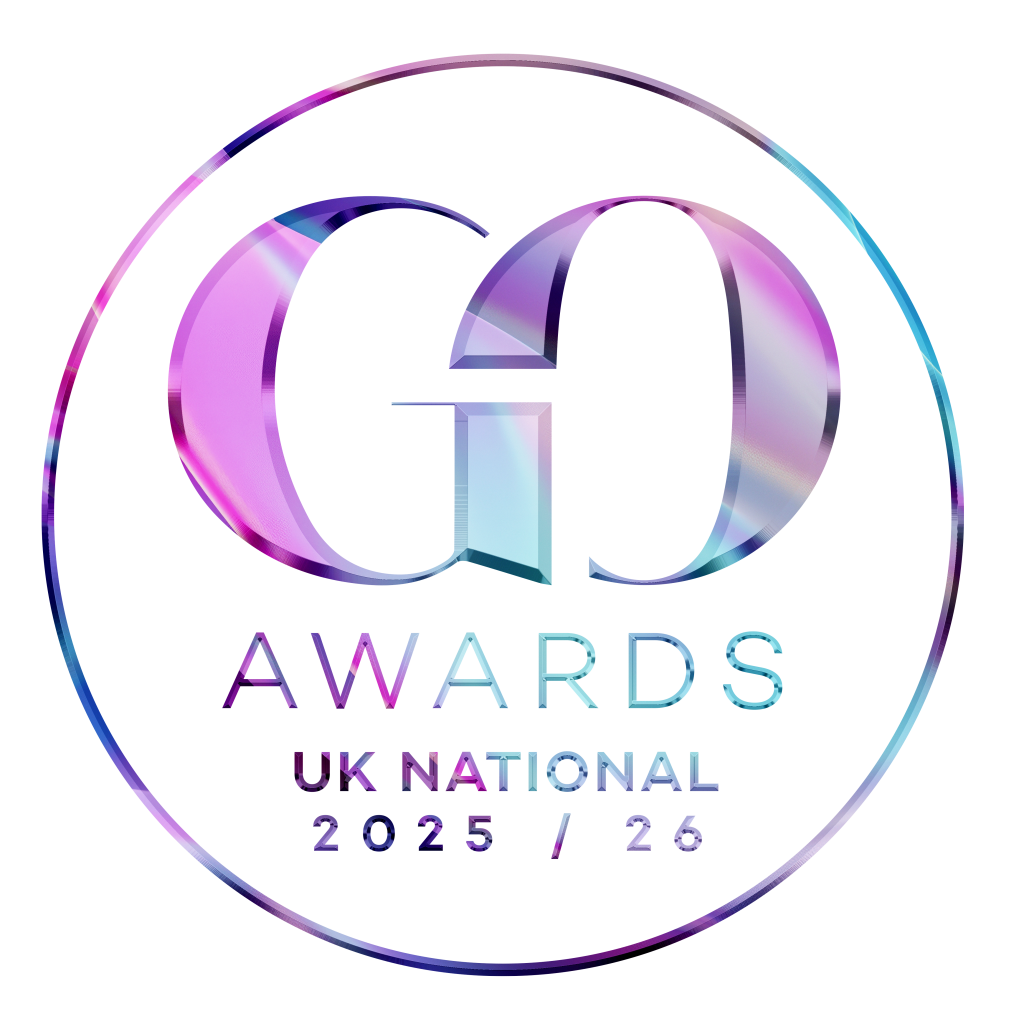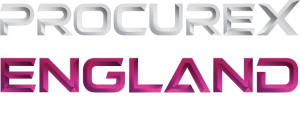In the modern era of public procurement, data and data analytics are key to strategy formation, increased openness, and improved outcomes. It is essential in how government procurement is shifting away from a traditional purchasing process and embracing innovative solutions and strategic sourcing to procure goods and services. With tighter budgets, increased scrutiny, or the need for faster responses, data and analytics are a way to make better, more accountable decisions for procurement teams.
Embracing a Data-Centric Procurement Landscape
Public procurement, which has long been viewed as a system of paperwork and linear chains of decision making, is changing. A shift is well on its way from the traditional procurement process to a digital ecosystem relying on intelligent insights and analytical tools. The procurement process of today is not only about getting goods and services at the cheapest rate, but about utilising data to optimise the procurement process, enable strategic sourcing, enhance inventory management, and facilitate complex decision making in supply chains.
Increased demands for accountability, sustainability and cost savings are fuelling this evolution. Data is now a compass and a catalyst for procurement and finance teams, redefining strategy and accelerating the rate of operational rationalisation. The data on patterns, costs, and supplier performance helps decision makers in a procurement department respond to challenges in an agile way.
Enhancing Procurement Decisions Through Analytical Insights
A modern procurement strategy depends on the ability to convert raw information into foresight. Advanced analytics and historical data modelling now power demand forecasting, which historically has been based on cyclical estimates or reactive budgeting. Procurement teams can quickly pick up on changes in demand, sync purchasing processes to meet inventory requirements, and update contract terms to represent actual and not hypothetical needs. This streamlined process ensures that the procurement of goods and services matches the needs of the agencies involved.
The process of evaluating potential suppliers is no longer dependent on subjective interpretation or reputation, but rather on quantifiable indicators. Delivery records, financial health, previous contract compliance, and even geopolitical risk are all analysed by procurement professionals. This analytical rigour strengthens supplier relationships and reduces exposure to unreliable vendors.
Additionally, procurement teams employ machine learning and predictive models to uncover cost savings hidden in procurement activities. Reductions in waste, more efficient payment processes, and proactive spend controls are no longer theoretical goals, but measurable outcomes of a modern procurement process.
Optimising Contract Management with Real-Time Intelligence
Contracts, especially for large-scale procurement of goods and services, require careful oversight to realise full value. Today, data-driven platforms are used to continuously monitor contract performance. This involves tracking deliverables, monitoring compliance, and making sure the timelines are met. With these tools, procurement operations can address emerging issues before they impact the overall procurement cycle. By addressing potential issues early, all stakeholders involved, from the selected supplier to the procurement team, can help reduce costs associated with letting an issue develop into a roadblock or delay.
Contract negotiation is also more effective with real-time data. Buyers can secure better terms and refine contract structures to match specific business needs by referencing up-to-date supplier data and key performance indicators. Suppliers can also leverage detailed market research data to ensure they can handle the demands for their goods and services. This not only leads to immediate savings but also to long-term value creation.
Automated alerts, audit trails, and dashboard summaries are becoming the norm. They enable procurement teams to maintain visibility over contract status, meet audit requirements and provide transparency to internal stakeholders without reverting to paper-based processes or siloed spreadsheets.
Strengthening Transparency and Building Public Trust
Public procurement frameworks are embracing open data initiatives. Public institutions that publish contract awards, supplier selections, and tender criteria reduce the likelihood of unethical behaviour and increase supplier confidence in the process. Structured data powers transparency, which in turn makes procurement a fairer and more competitive space.
There are several government-led initiatives in the UK and Europe that have adopted data transparency as a tool to both improve outcomes and win public trust. In one case, a city council had a public dashboard that listed all procurement projects currently in progress with purchase requisition references, approved invoices and award details. The result? Increased supplier participation and fewer challenges during the submission stage.
By opening up procurement data to the public, smaller firms are able to participate more effectively, breaking the stranglehold of incumbent vendors and stimulating innovation in public service delivery. In addition, the ability to track the purchasing process from purchase request to purchase order increases confidence in the entire process.
Challenges Limiting Data Utilisation
Although the benefits are clear, there are still a number of structural and cultural obstacles to the widespread adoption of data-led procurement practices. Among them is the fragmentation of data across disconnected systems. Disparate software platforms, incomplete records, and varied data formats can make procurement teams’ lives difficult. Not every e-procurement platform is the same, requiring suppliers to invest significant resources into learning and managing different platforms effectively. The outcome is an inefficient procurement process that is disjointed and limits the ability to make informed decisions.
Many departments still rely on manual processes, leading to duplication, human error, and delays. There are still some organisations that use spreadsheets, paper documentation, and basic tools to track procurement activities instead of implementing automation software and tools. In stark contrast to the digital capabilities now available, these outdated approaches restrict the potential for continuous improvement.
Data security also remains a concern. With procurement software moving towards the cloud, the need to protect sensitive contract data and commercial terms is becoming more and more important. Now, robust data governance protocols need to be established to comply with procurement regulations and maintain organisational integrity within modern procurement while still finding a way to improve data visibility.
The Emerging Role of Automation and AI
Smart procurement platforms are just one way that artificial intelligence and modern procurement methods are starting to converge. And these systems do more than centralise data, they learn from it. Today, machine learning algorithms are being used to predict supplier risks, recommend procurement strategy, or analyse very large volumes of purchase invoice data to identify anomalies within the modern procurement process.
They are also automating processes like three-way matching, invoice processing, and purchase order generation. By doing this, manual procurement tasks are reduced and procurement staff can concentrate on high-value strategic functions.
Within the next decade, AI-powered analytics will likely become embedded across every step of procurement—from supplier discovery to contract renewal. This will lead to a move from reactive procurement practice responses to proactive, data-informed strategies and a streamlined procurement process.
Bridging the Procurement Process and Strategy
For too long, procurement was viewed primarily as an administrative function. Today, modern procurement is increasingly recognised as a strategic lever. When aligned with finance, legal, and operational teams, the procurement function drives transformation across the business. It enhances supplier relationships, ensures alignment with sustainability targets, and provides tangible contributions to financial health.
Procurement strategy must now be developed with data in mind from the outset. This means designing procurement process flows that accommodate real-time insights, involving stakeholders early, and integrating procurement and finance teams under a shared vision.
Modern purchasing tools, such as procurement platforms with built-in analytics, are essential to achieving these goals. They allow users to submit proposals, track purchase requests, and conduct supplier relationship management all within a unified system. With enhanced visibility into business processes, organisations are better equipped to identify cost-saving opportunities, reduce waste, and improve outcomes.
A Data-Driven Future for Public Procurement
Procurement processes are evolving. While there are still issues, particularly with data integration and digital skills, it is clear that smart, connected systems will be the future of public procurement. These systems are not just platforms for the procurement process, they are helping to redefine modern procurement methods.
Modern procurement and the purchasing process are now data-driven, no longer depending solely on intuition and experience to define direction, measure impact, or deliver best value. By incorporating data analytics, the procurement cycle has become more effective, new insights into supplier dynamics have been gained, and a new level of accountability for contract execution has been introduced.
Data will continue to be the cornerstone of smart procurement processes as governments and public institutions strive to provide better services while contending with reduced funding. Early investment in digital transformation can give those who redefine procurement as a strategic function a competitive edge and public trust, which are the cornerstones of long-term success.



